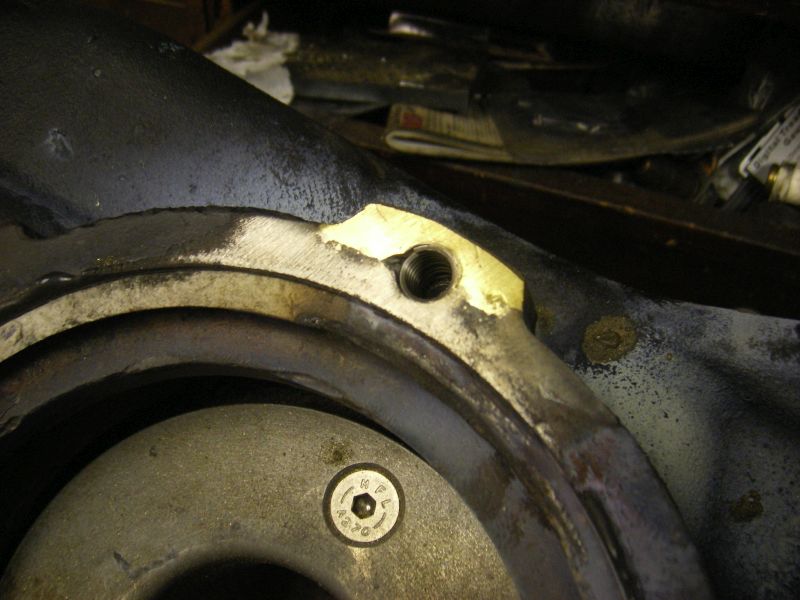The only similarity between hydrogen and helium here is that they both have very low atomic weights. Helium, like argon is totally inert for the purposes of welding.
Helium is often mixed with or substituted for argon in TIG welding as it gives a higher arc voltage and thus affects (increases) the penetration. In the US where TIG welding was invented, large volumes of helium were accumulated as a byproduct of natural gas production there. For our purposes, most of us are going to be fine welding with whatever is cheapest and most readily available ie argon.
The use of hydrogen is quite different. It is not inert – in fact it is a reducing agent – which means that it will clean off oxidation in the weld area. A few decades ago, neat hydrogen or water gas would be commonly used for induction brazing but more recently, an inert shielding gas of argon with a few % of hydrogen would be preferred for brazing. At those concentrations, there is no danger of explosion but still the beneficial self-cleaning effects.
As I said above, I doubt any of us here would need or benefit from argon-hydrogen and in my own experience, pure argon TIG brazing works well if you prepare the surfaces carefully. Unlike carbon arc and flame brazing, you don't need messy fluxes. All you need to do is obtain some Sifsilcopper or similar rods and get cracking. If you can solder, you shouldn't have a problem TIG brazing, it's that simple.
Murray
OuBallie.










